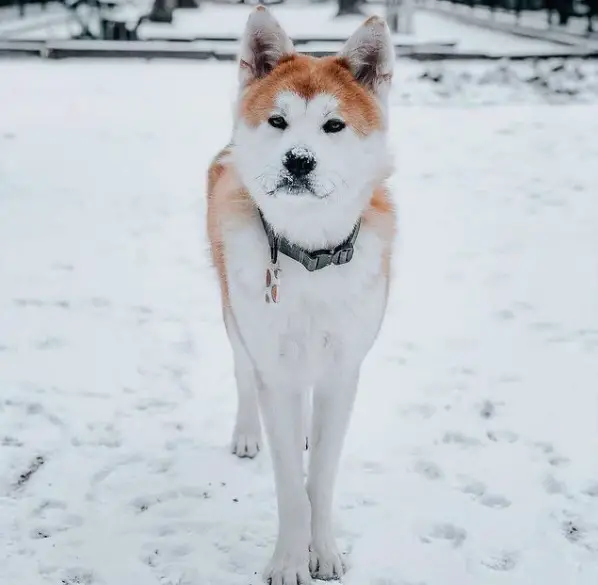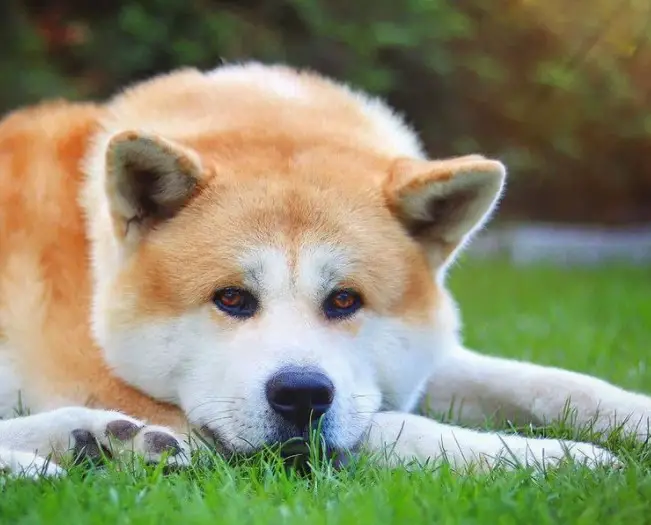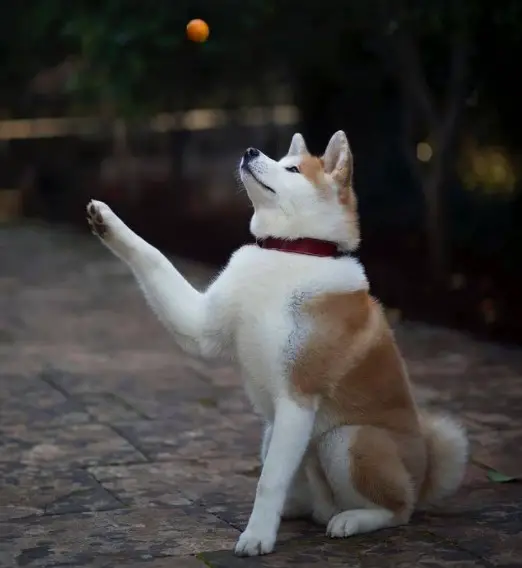Dogs of the Akita Inu breed are called the real treasures of Japan. The unique and truly recognizable breed is in great demand among dog breeders. However, before you buy a dog, you need to make sure that the homeowner will have the opportunity to keep the dog and provide him with a comfortable and safe living environment.
Future owners of Akitas often have questions about the character, content of the dog, etc. We have selected the most frequently asked questions and answered them in this article.
What questions to ask a breeder when buying an Akita Inu puppy?
When buying, it is recommended first of all to look at the producers (in person or in a photo) and their documents, examine the chosen puppy itself and ask about hereditary diseases. If the purchased Akita puppy has a pet class, it is recommended to ask (for information) about the shortcomings of the exterior.
It is also worth asking if the puppy has had birth and other injuries, whether he has specific habits or other behavioral features, find out what kind of food the breeder uses. As a rule, breeders who are worried about the fate of their pets will definitely tell buyers about the features of care, maintenance, and feeding.
Is Akita Inu suitable for a novice dog breeder?
Not. Akita Inu is not a dog for beginners. She has high intelligence, quick-wittedness, is often cunning, vindictive, and remembers every insult. In addition, Akitas are dominant dogs, if a novice dog breeder cannot find the right approach to her and seize a leading position in a relationship, then the dog will become the “owner”, which means that the Akita will be uncontrollable, will only do what he sees fit, and not what the person says to her.
For the owners and the people around them, such a development of events can be not only unpleasant but also dangerous, because the Akita Inu belongs to large breeds of dogs.
From the above, it follows that Akita Inu dogs are suitable only for dog breeders “with experience”.
Does Akita Inu need training?
Since Akitas can be aggressive, they need to be socialized (introduced to dogs and people) as early as possible and taught obedience.
The sooner you start training your puppy, the fewer problems it will have in the future.
It is better to train Akita with the help of positive motivation, for this you will need a lot of patience, kindness, and firmness.
Some dogs, which lack attention and exertion, spoil things, so it will be optimal for them to buy a crate.
How to care for an Akita Inu coat?
Akita Inu hair care takes relatively little time (about 15-25 minutes per week). Akitas have a coat of medium length (there are long-haired variations) and a soft, dense undercoat. It is recommended to comb these dogs once a week.
Akita wool requires the greatest attention during the shedding period. At this time, the hairs fall out in large numbers, often causing discomfort not only to the dog but also to the owners, so you should comb the Akita as often as possible.
How often can Akita be bathed?
The Akita Inu coat has thermal insulating properties, and so as not to weaken them, dogs should be bathed rarely (once every 2-3 months). If the winter in the region where the Akita Inu lives is usually frosty and windy, then it is enough to bathe the pet at the beginning and at the end of winter. The exceptions are shows and strong soiling of the Akita’s wool.
It is recommended to use dog shampoo for washing. Human grooming products can be harmful to a dog’s skin. Drying with a hairdryer is allowed, but short-term, so as not to overdry the hairs and skin.
How does the Akita Inu breed differ from the Shiba Inu?
Akita and Shiba are two different breeds, although there are very similar character traits and, as well, have a lot of similarities in appearance. These are originally related breeds – Asian Spitz dogs.
Akita is a large dog, a good watchman, hunting qualities are inherent in Akitas. Contrary to what they write on the Internet that Akita is a good nanny dog, this is not entirely true. Akita does not like familiarity, does not like when she is disturbed unnecessarily and is excessively annoying. The dog is serious, quarrelsome with itself, with rare exceptions. In adulthood, they are not too playful, calmer, and “laconic”. Dogs are quite independent, therefore they require a lot of attention and education from an early age.
The Shiba is the smallest of the Japanese dogs in this group. Good hunters, watchmen – calls. They will always give a signal if someone else appears. They are very playful, but at the same time independent, they are called little samurai for this. With other dogs, they also show their warlike character, but at the same time, they are more accommodating in the pack. They are very active, mobile, and tireless at any age, curious, emit many different guttural sounds, perhaps this is what distinguishes them from Akita in the main if they can be compared at all.
How to keep an Akita Inu dog?
Akita Inu are good jumpers, if you keep them outdoors then take care of a high fence. Akita Inu also feels good living at home with the owners. If the dog lives outdoors, it should have a strong chain or enclosed space. A dog tied outside the enclosed area can become aggressive.
Due to the high pain threshold, invisible or electric fences make it difficult to keep the dog. Thanks to their thick double coat, Akitas tolerate cold well. If they have shade and a lot of freshwaters, then Akita Inu will normally endure hot weather. If you take your dog for a walk outside of its property, be sure to lead it on a leash, as independent temperament and aggressive behavior towards animals can lead to problems.
How long do Akitas live?
On average, dogs of these breeds (Japanese and American Akitas) live up to 10 years.

